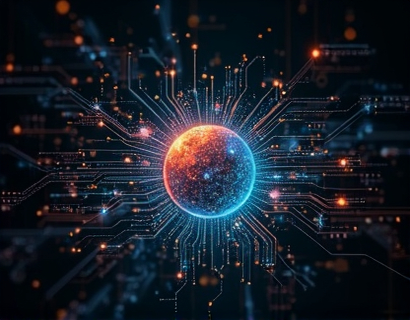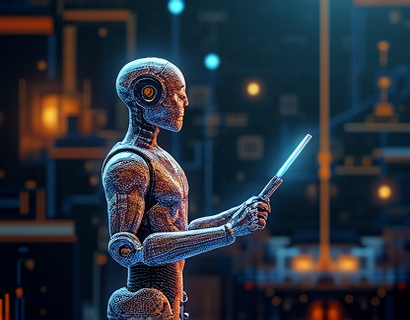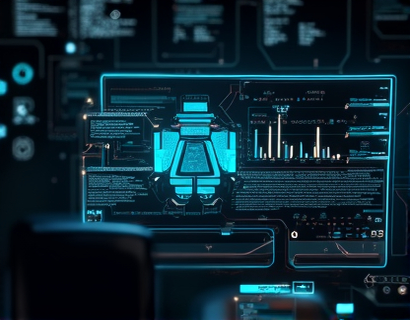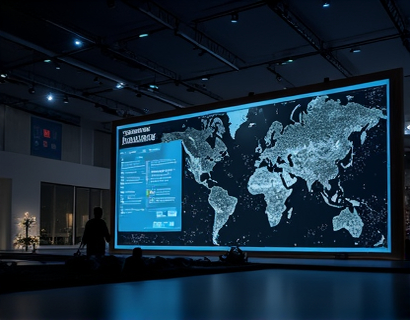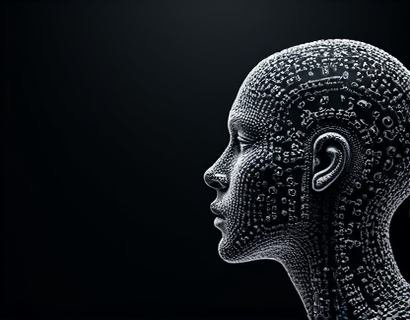Transforming Urban Living: The Power of AI-Driven Chat Interfaces for Smart City Insights
The rapid evolution of urban environments has led to the emergence of smart cities, where technology plays a pivotal role in enhancing the quality of life for residents. At the forefront of this transformation is the integration of AI-driven chat interfaces, designed to provide specialized insights into smart city services and industry trends. These platforms are not only revolutionizing how urban innovators and educators access information but are also being adapted to create child-friendly versions, ensuring safe and educational use for young learners. This article delves into the capabilities and benefits of these AI chat interfaces, focusing on their role in fostering urban innovation and education.
Understanding AI-Driven Chat Interfaces in Smart Cities
AI-driven chat interfaces are sophisticated tools that leverage natural language processing and machine learning to engage users in conversational interactions. In the context of smart cities, these interfaces serve as a gateway to a wealth of information on various aspects of urban living, including transportation, energy management, public safety, and environmental sustainability. By providing real-time, accurate, and relevant data, these chat interfaces empower users to make informed decisions and contribute to the development of more efficient and sustainable urban environments.
Specialized Insights for Urban Innovators
For urban innovators, access to specialized insights is crucial for driving meaningful change. AI chat interfaces offer a unique advantage by delivering tailored information on the latest trends, technologies, and best practices in smart city development. These platforms can answer complex questions, provide case studies, and offer expert opinions, all within a conversational format. This makes it easier for innovators to stay updated and inspired, fostering a culture of continuous learning and innovation.
Enhancing Educational Value
The educational potential of AI chat interfaces is immense. By adapting the content to be child-friendly and safe, these platforms become valuable tools for educators and students. In classrooms, teachers can use these chat interfaces to supplement traditional teaching methods, providing interactive and engaging learning experiences. Students can explore topics such as smart transportation systems, green building practices, and smart grid technologies, gaining a deeper understanding of how these systems work and their impact on urban life.
Content Verification and Accuracy
One of the key features of these AI chat interfaces is the emphasis on content verification. Ensuring the accuracy and reliability of information is paramount, especially in a field as critical as urban development. These platforms employ rigorous verification processes to validate the data they provide, drawing from trusted sources and expert inputs. This commitment to accuracy builds trust among users and supports the integrity of the information shared.
Child-Friendly Adaptations
Recognizing the importance of making smart city education accessible to young learners, these AI chat interfaces have been adapted to create child-friendly versions. These versions use simpler language, engaging visuals, and interactive elements to make complex concepts more understandable. Safety is a top priority, with strict controls in place to ensure that interactions are appropriate and free from harmful content. This makes the platform an ideal resource for schools and educational institutions looking to integrate smart city education into their curricula.
Promoting Sustainable Urban Development
The ultimate goal of AI-driven chat interfaces in smart cities is to promote sustainable urban development. By providing insights into energy-efficient practices, waste management solutions, and sustainable transportation options, these platforms help users understand the steps needed to create more sustainable cities. Educators can use this information to teach students about the importance of sustainability and encourage them to think critically about how they can contribute to a greener future.
Case Studies and Real-World Applications
To illustrate the practical applications of these AI chat interfaces, consider a few case studies. In a major metropolitan area, urban planners used the chat interface to gather data on traffic patterns and public transit usage. This information helped them design a more efficient public transportation system, reducing congestion and lowering carbon emissions. In another instance, a group of students used the child-friendly version of the chat interface to research and present a project on smart lighting systems, demonstrating how LED lights can save energy and improve safety in public spaces.
Building a Community of Urban Innovators
These AI chat interfaces not only provide valuable information but also foster a community of urban innovators. Users can connect with peers, share ideas, and collaborate on projects. This community aspect is particularly beneficial for educators, who can facilitate group projects and discussions, encouraging students to work together and learn from one another. The platform can also host webinars and workshops, further enriching the learning experience and building a network of like-minded individuals committed to urban innovation.
Future Prospects and Challenges
As the use of AI chat interfaces in smart cities continues to grow, several future prospects and challenges emerge. On the positive side, the integration of AI with IoT devices and other smart technologies will enhance the depth and breadth of information available. This could lead to more personalized and context-aware interactions, further enriching the user experience. However, challenges such as ensuring data privacy, maintaining user engagement, and continuously updating the content to reflect the latest developments will need to be addressed.
Conclusion
AI-driven chat interfaces represent a significant advancement in the way we access and interact with information about smart cities. By providing specialized insights, ensuring content verification, and offering child-friendly versions, these platforms play a crucial role in educating and empowering urban innovators and educators. As cities continue to evolve, these tools will remain indispensable in fostering a deeper understanding of smart city technologies and promoting sustainable urban development. Embracing these innovations is essential for anyone involved in shaping the future of our cities.



